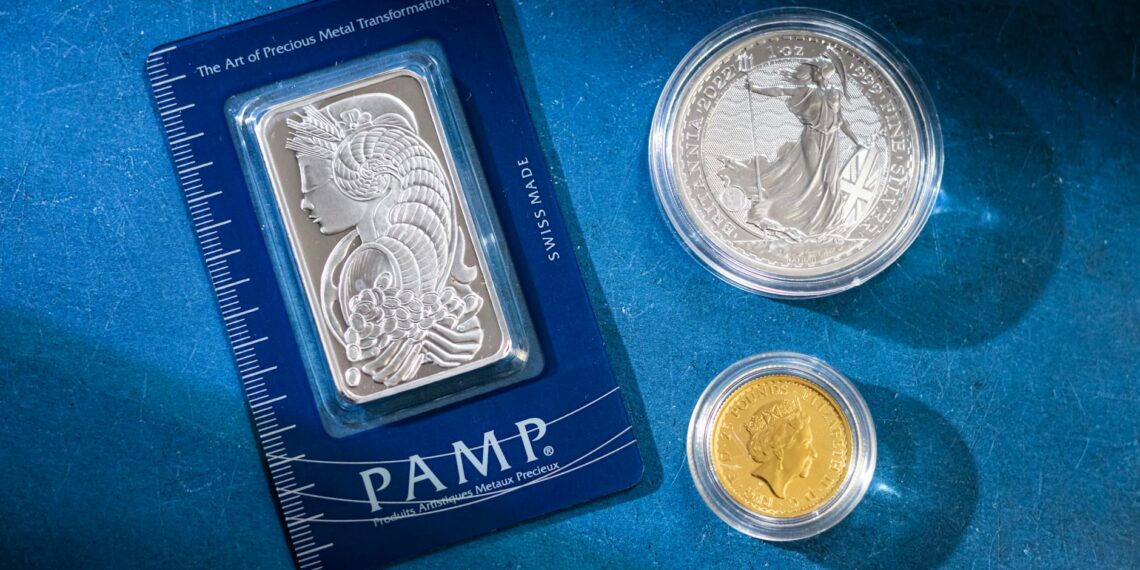A mint mark on a coin is a small letter or symbol that indicates where the coin was manufactured. In the United States, for example, the common mint marks are:
- P for Philadelphia
- D for Denver
- S for San Francisco
- W for West Point
- Historically, there were also CC for Carson City and O for New Orleans, both of which are now closed.
Mint marks are important because they help:
- Identify the origin of a coin: They reveal the specific mint facility where a coin was struck.
- Assess a coin’s rarity and value: Coins with certain mint marks, particularly those from mints with lower production numbers, can be rarer and more valuable to collectors. For example, coins from the Carson City Mint (CC ) are highly sought after due to their limited production.
- Provide historical context: They connect a coin to its history and the location where it was made, which can be of interest to collectors.
- Help prevent counterfeiting: Mint marks act as a way to verify the authenticity of a coin.
Historically, in the United States, coins without a mint mark were typically produced at the Philadelphia Mint, which was the main facility. However, the use of mint marks, including a “P” for Philadelphia, has evolved over time.
For collectors, identifying and understanding mint marks is crucial for building a valuable collection and appreciating the historical significance of their coins.









Are coins with no mint mark rare?
The short answer is sometimes. Certain coins without mint marks are extremely valuable, but it’s essential to watch out for the coins that were altered or damaged by someone outside the mint. Here are several rare coins without mint marks that hold a much higher value than the original minted face value.
How to tell if a coin has a mint mark?
Great question! Check the Coin’s Reverse Side : Most coins have their marks on the back, near the bottom. For instance, Morgan Silver Dollars have the mint mark below the wreath on the reverse. Look at the Coin’s Edge: Some coins, especially commemorative ones, are placed on the edge. This is less common but worth checking.